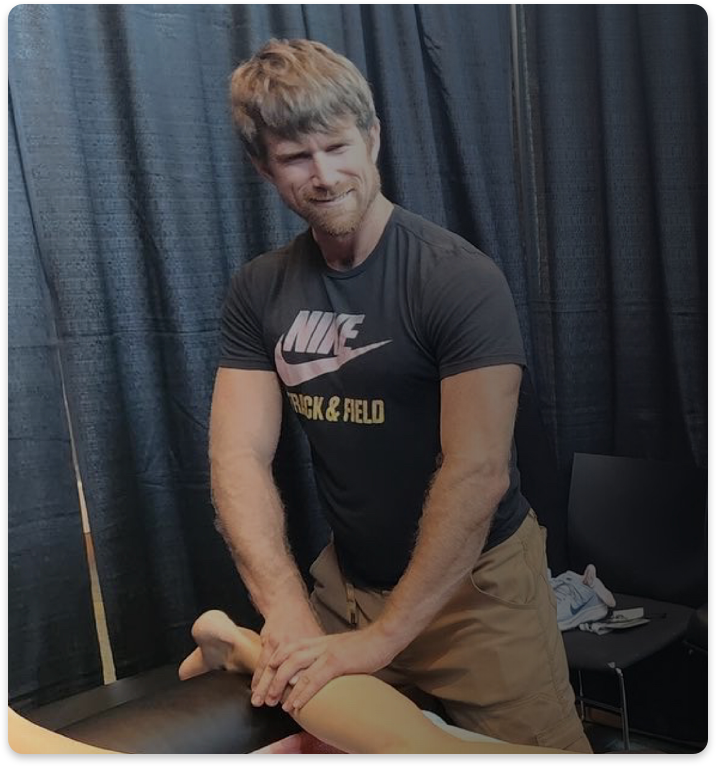


Tye Van Schoiack,
LMT
LMT
Bio:
Tye, a seasoned Massage Therapist often referred to as "Physio" by the athletes he serves, brings 28 years of experience to his practice. With 23 years spent at Nike WHQ in fitness and wellness centers, and over two decades working with Nike Global Track and Field, Tye has solidified his expertise in athlete care. His own athletic background is equally impressive, having competed as a steeplechase athlete in the 1992 U.S. Olympic Trials and achieving two-time NCAA All-American status while majoring in English at the University of Oregon.
Tye, a seasoned Massage Therapist often referred to as "Physio" by the athletes he serves, brings 28 years of experience to his practice. With 23 years spent at Nike WHQ in fitness and wellness centers, and over two decades working with Nike Global Track and Field, Tye has solidified his expertise in athlete care. His own athletic background is equally impressive, having competed as a steeplechase athlete in the 1992 U.S. Olympic Trials and achieving two-time NCAA All-American status while majoring in English at the University of Oregon.
Expertise:
Tye excels in the structural and functional assessment of pain, injury, and dysfunction. His approach integrates soft tissue manipulation and corrective stretching techniques, including myofascial release tailored to both pre and post-event needs.
Tye excels in the structural and functional assessment of pain, injury, and dysfunction. His approach integrates soft tissue manipulation and corrective stretching techniques, including myofascial release tailored to both pre and post-event needs.
Background:
- 29 years helping High School, Collegiate and Professional athletes
- 23 years working in Nike Fitness Centers
- 20 years with Nike Global Track and Field Hospitality/Athlete Services at USATF and World Athletics Championships.
- Past 3 years in the Massage Center at the Bandon Dunes Golf resort on the Oregon coast


Chris Brindley,
DC, ART, LMT, CSCS
DC, ART, LMT, CSCS
Bio:
Chris has been practicing sports oriented deep tissue massage therapy combined with Active Release Technique (ART) for over 18 years. Starting out as a massage therapist, Chris’s interest in the ability to get to the root of the problem on more complex issues, inspired him to seek more rigorous education. He is also a graduate of University of Western States with a Doctorate in Chiropractic and a Masters of Sports Medicine, which strengthened his skills in anatomy, biomechanics, and assessment.
Chris strongly believes in collaborative and multidisciplinary care. Through his career Chris has worked in a variety of multidisciplinary sports and performance clinics including Nike World Headquarters and has worked at elite level events with World Surf League and Nike Track and Field for over a decade.
Chris has been practicing sports oriented deep tissue massage therapy combined with Active Release Technique (ART) for over 18 years. Starting out as a massage therapist, Chris’s interest in the ability to get to the root of the problem on more complex issues, inspired him to seek more rigorous education. He is also a graduate of University of Western States with a Doctorate in Chiropractic and a Masters of Sports Medicine, which strengthened his skills in anatomy, biomechanics, and assessment.
Chris strongly believes in collaborative and multidisciplinary care. Through his career Chris has worked in a variety of multidisciplinary sports and performance clinics including Nike World Headquarters and has worked at elite level events with World Surf League and Nike Track and Field for over a decade.
Expertise:
Chris’s primary skill is precise motion based tissue work. In treatments, he searches for areas of tightness, weakness, or dysfunction through evaluating motion, posture, and soft tissue integrity, then strives to make a direct change in the muscle tissue.
An understanding of human biomechanics and common compensatory patterns can act as a road map to help prioritize which areas to treat. Tight spots are not always painful. Weak/lengthened areas are likely to be painful, and will likely respond better to strengthening/activation. And ideally we are looking to not only get rid of pain but also optimize movement or function. As the ability to move efficiently should reduce pain.
A combination of precise contact with specific body movements allow a trained hand to differentiate between muscle layers that are gliding freely vs tangled together. This diagnostic ability typically takes some time and practice to develop, and can help identify the root cause of the patient’s issue, as the spot that is hurting is not always the root cause of the problem. In a bodywork session, it is not uncommon to hear “I didn’t realize I was tight there,” and the patient may leave with a better understanding of where the pain is coming from and where to focus on their own to continue making functional improvements.
Chris’s primary skill is precise motion based tissue work. In treatments, he searches for areas of tightness, weakness, or dysfunction through evaluating motion, posture, and soft tissue integrity, then strives to make a direct change in the muscle tissue.
An understanding of human biomechanics and common compensatory patterns can act as a road map to help prioritize which areas to treat. Tight spots are not always painful. Weak/lengthened areas are likely to be painful, and will likely respond better to strengthening/activation. And ideally we are looking to not only get rid of pain but also optimize movement or function. As the ability to move efficiently should reduce pain.
A combination of precise contact with specific body movements allow a trained hand to differentiate between muscle layers that are gliding freely vs tangled together. This diagnostic ability typically takes some time and practice to develop, and can help identify the root cause of the patient’s issue, as the spot that is hurting is not always the root cause of the problem. In a bodywork session, it is not uncommon to hear “I didn’t realize I was tight there,” and the patient may leave with a better understanding of where the pain is coming from and where to focus on their own to continue making functional improvements.
Background:
An active lifestyle including various forms of training has put the academic knowledge of sports injuries, healing, and recovery into practice through firsthand experience. This has proven to be a valuable asset in helping others recover from pain and injury.
An active lifestyle including various forms of training has put the academic knowledge of sports injuries, healing, and recovery into practice through firsthand experience. This has proven to be a valuable asset in helping others recover from pain and injury.


